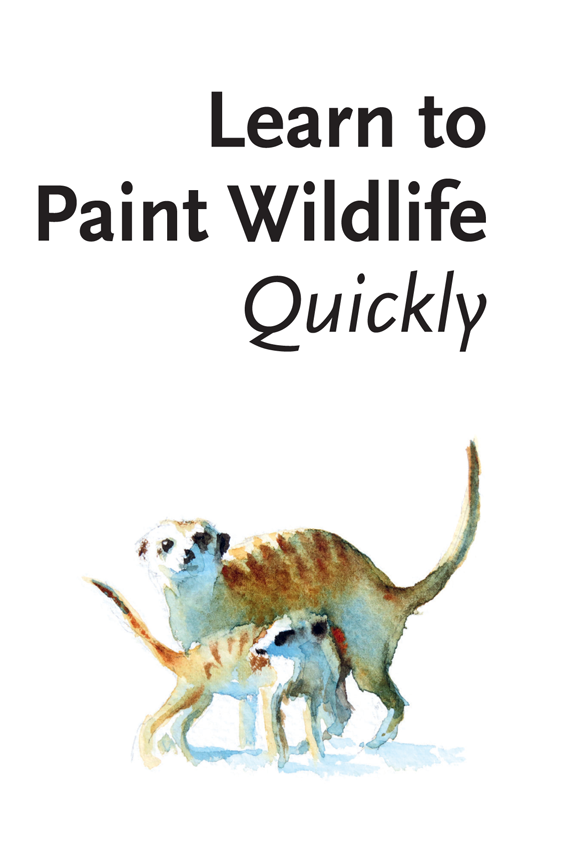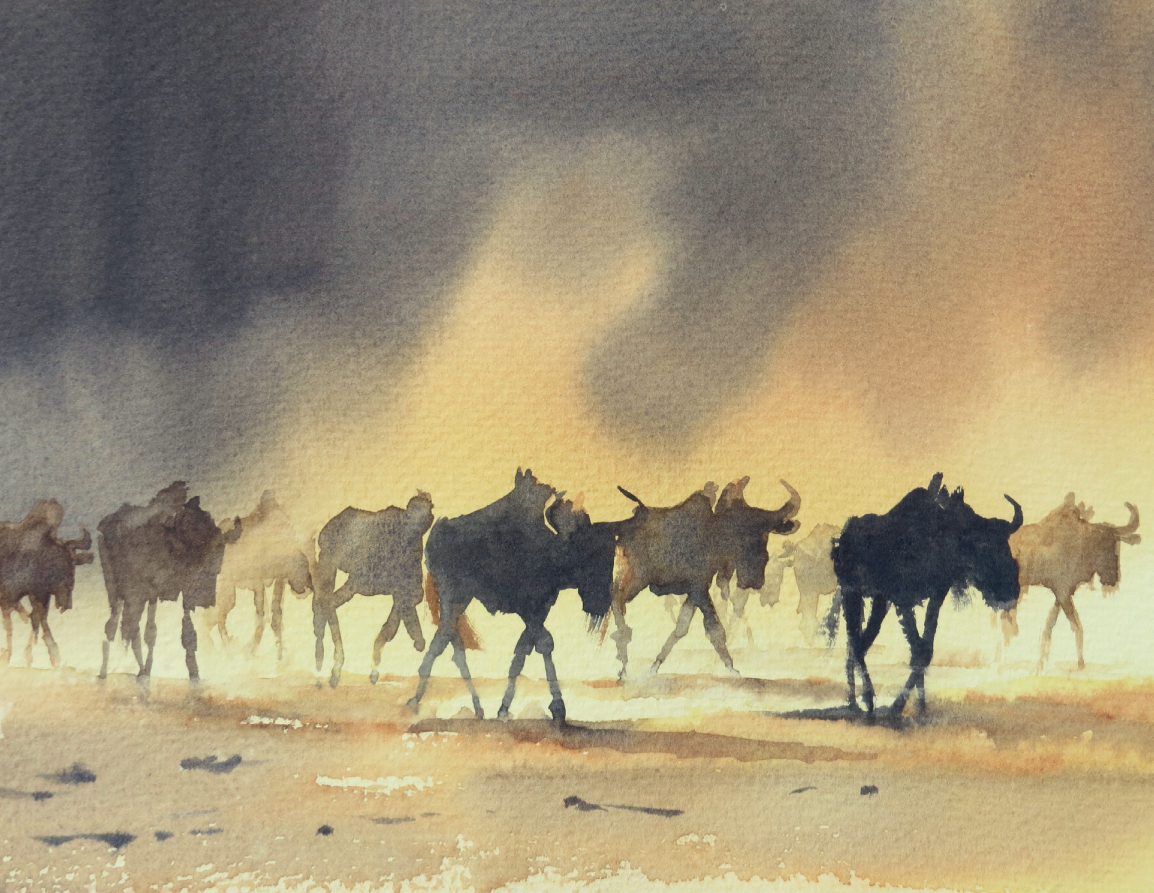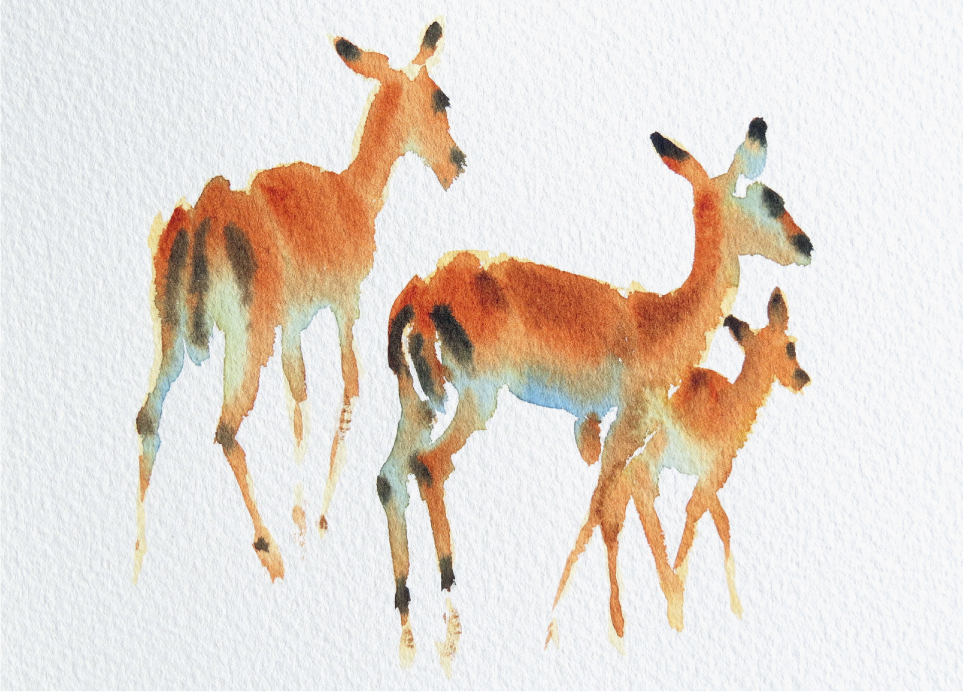Hazel Soan - Learn to Paint Wildlife Quickly
Here you can read online Hazel Soan - Learn to Paint Wildlife Quickly full text of the book (entire story) in english for free. Download pdf and epub, get meaning, cover and reviews about this ebook. year: 2023, publisher: Batsford, genre: Art / Computer. Description of the work, (preface) as well as reviews are available. Best literature library LitArk.com created for fans of good reading and offers a wide selection of genres:
Romance novel
Science fiction
Adventure
Detective
Science
History
Home and family
Prose
Art
Politics
Computer
Non-fiction
Religion
Business
Children
Humor
Choose a favorite category and find really read worthwhile books. Enjoy immersion in the world of imagination, feel the emotions of the characters or learn something new for yourself, make an fascinating discovery.
- Book:Learn to Paint Wildlife Quickly
- Author:
- Publisher:Batsford
- Genre:
- Year:2023
- Rating:4 / 5
- Favourites:Add to favourites
- Your mark:
Learn to Paint Wildlife Quickly: summary, description and annotation
We offer to read an annotation, description, summary or preface (depends on what the author of the book "Learn to Paint Wildlife Quickly" wrote himself). If you haven't found the necessary information about the book — write in the comments, we will try to find it.
Capture the wonders of nature in watercolour with this quick guide to wildlife painting, packed with techniques and inspiration.
Bestselling author Hazel Soan demonstrates how to paint a variety of wildlife, from garden favourites to exotic wild beasts. With easy-to-follow instructions and step-by-step exercises, it has never been easier to capture the likeness of an animal, in your chosen medium, in a few quick strokes.
The book covers all the key skills you need, including techniques for speed, capturing pose and proportion, advice on painting fur, feathers, hair, hides and markings, working with colour and light, and adding background and setting, as well as further work that can be completed in the studio.
From cats, big and small, birds and foxes to magnificent elephants, lions and zebras, Hazels simple tips, practical demonstrations and beautiful paintings can be applied to any moving subject and will help you master the art of capturing animals in watercolour, oils, pencils or pastels in no time at all.
Word count: 10,000 words
Hazel Soan: author's other books
Who wrote Learn to Paint Wildlife Quickly? Find out the surname, the name of the author of the book and a list of all author's works by series.





























